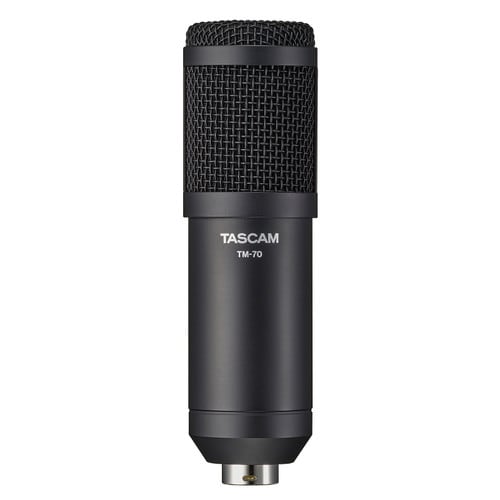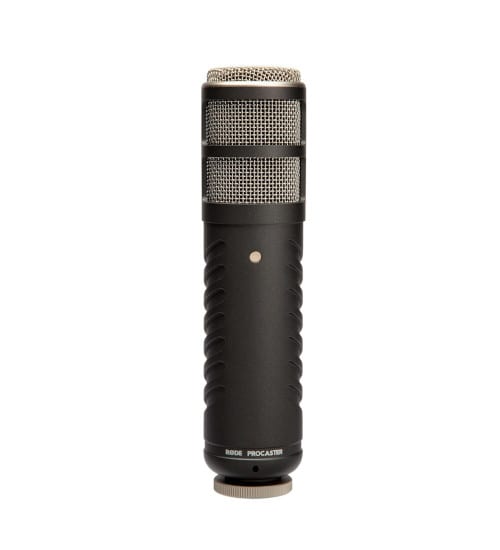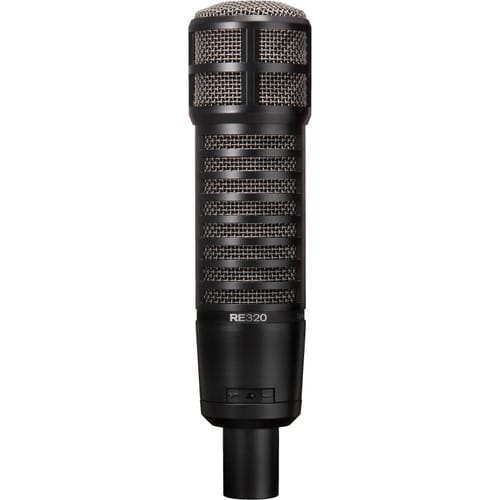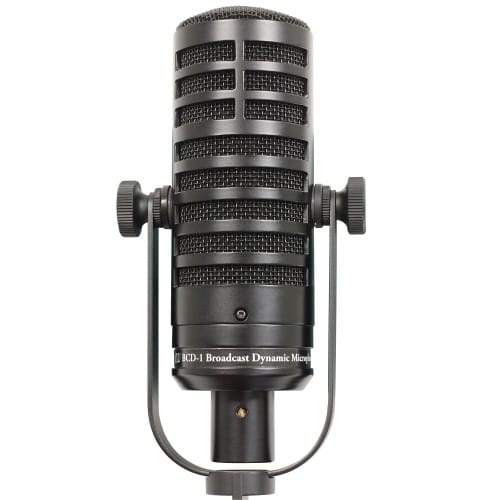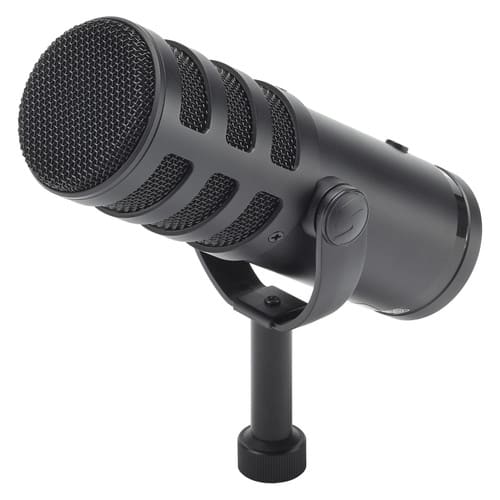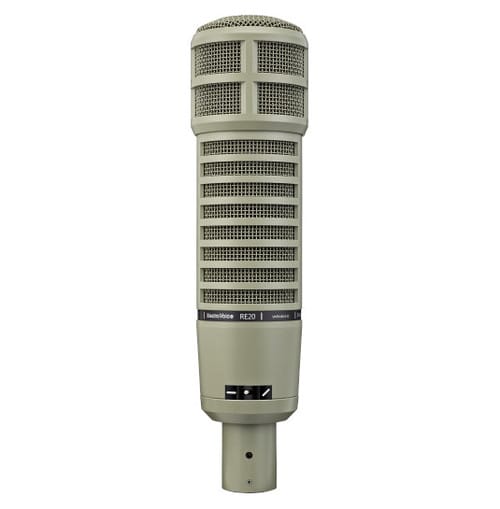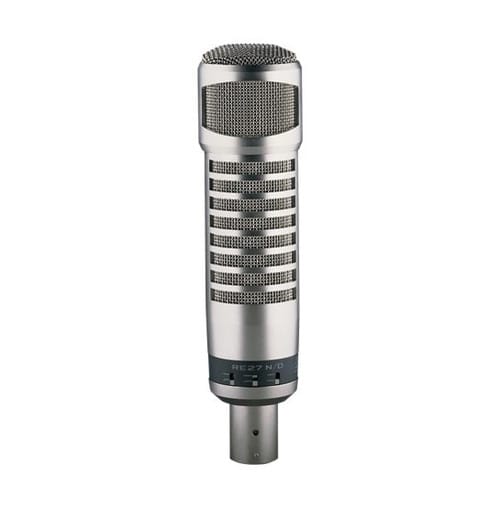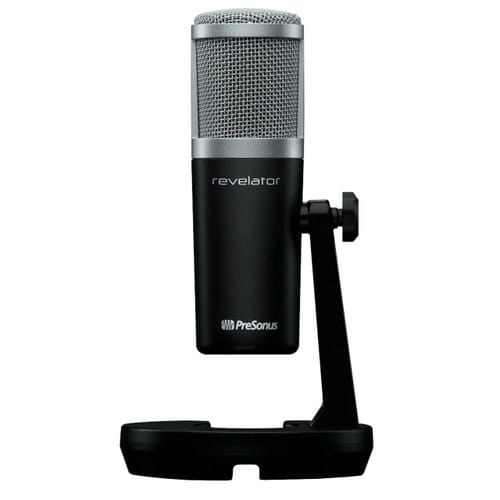The PD-70 Broadcast Dynamic Microphone from PreSonus is ideal for myriad uses from podcasts, Youtube channels, or even running a local volunteer radio station from your living room. The PD-70 is built to capture the spoken word cleanly and clearly while eliminating mechanical noise and breathiness that can get between you and your audience. Thanks to superior off-axis rejection, you can set up your broadcast studio in just about any space while maintaining the pristine, natural sound of your voice.
PreSonus PD-70 Features
- Dynamic broadcast microphone
- Cardioid polar pattern
- Great choice for recording vocals for podcasts, radio, and more
- Works with any audio interface with a microphone preamp
- End address
- Exceptional clarity throughout its frequency response range
- Rugged construction
- Top-quality performance specifications
- Integrated hard mount and windscreen
- PD-70 dynamic microphone1
- Transducer TypeDynamic
- Polar PatternCardioid
- Frequency Response20 Hz - 20 kHz
- Output Impedance350 ohms
- Sensitivity1.6 mV/Pa
- Max SPL135 dB
- Connector3-Pin XLRM
About Dynamic Microphones at Sound Productions
If you’re looking for an all-purpose, heavy-duty microphone, look no further than a dynamic microphone. Equally outstanding in both the studio and live on stage, dynamic mics are an affordable, versatile, and classic option for nearly every miking application. Popular uses include live performances, studio recordings, man-on-the-street style interviews, as well as podcasts that aim for a professional “radio voice” polish.
Dynamic microphones work using a coil attached to a magnet. When sound waves cause the coil to vibrate up and down against the magnet, an electromagnetic current is induced; in simple terms, this turns the sound into an electronic signal to be channeled into a recorded version or—in the case of live sound—into a speaker to distribute the sound to the audience.






